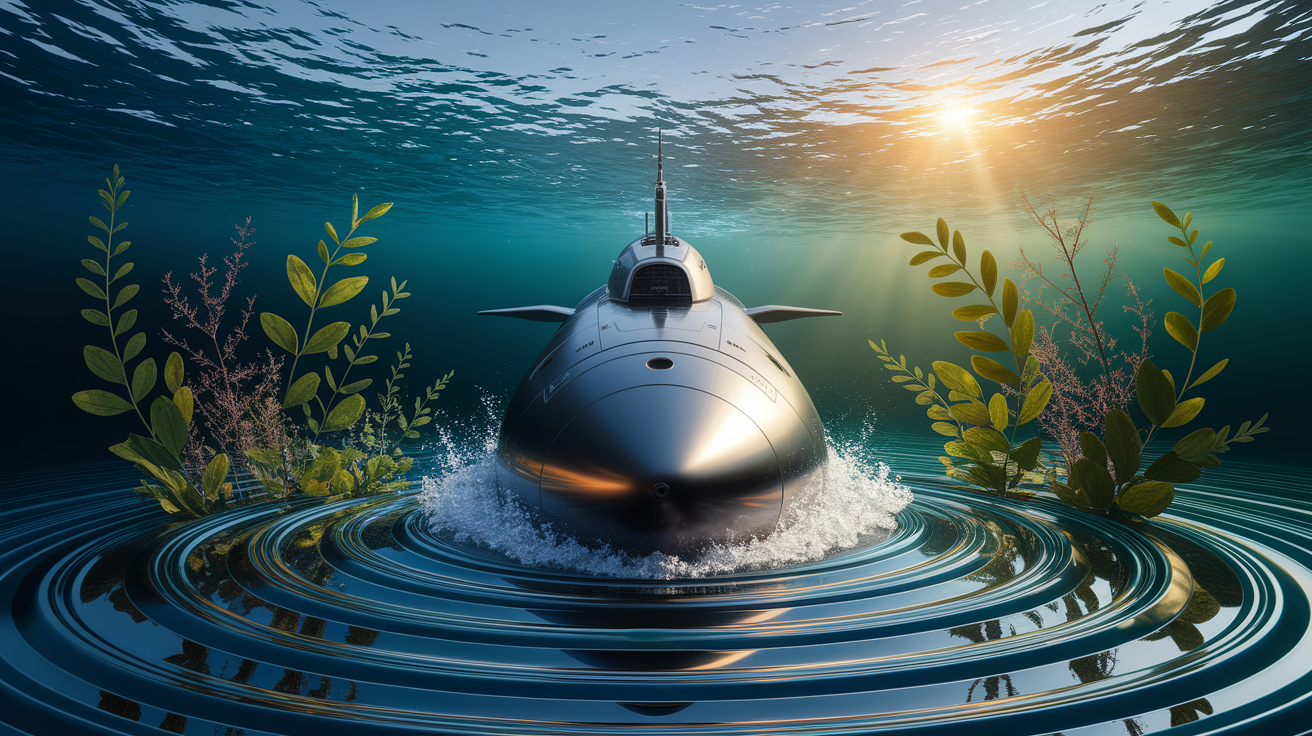Quick Answer: Submarines control their buoyancy — the force that makes them float or sink — using specially designed tanks that can hold either air or water. By carefully managing these tanks, along with fine-tuning systems, submarines can dive, hover, or rise to the surface with impressive precision.
Introduction: Surfaced to Submerged in a Single Move
One moment a submarine is gliding on the waves, the next it has slipped quietly beneath the surface — almost like magic. But there’s no magic here; it’s all about smart submarine buoyancy control. This means adjusting the delicate balance between the vessel’s weight and the upward push of the water, known as buoyant force. When the two match, the submarine achieves neutral buoyancy, allowing it to stay at a set depth. Make the weight a little greater, and the submarine sinks; lighten it, and it rises. Understanding how these changes happen is the first step toward appreciating the complex dance of submarine diving and surfacing.
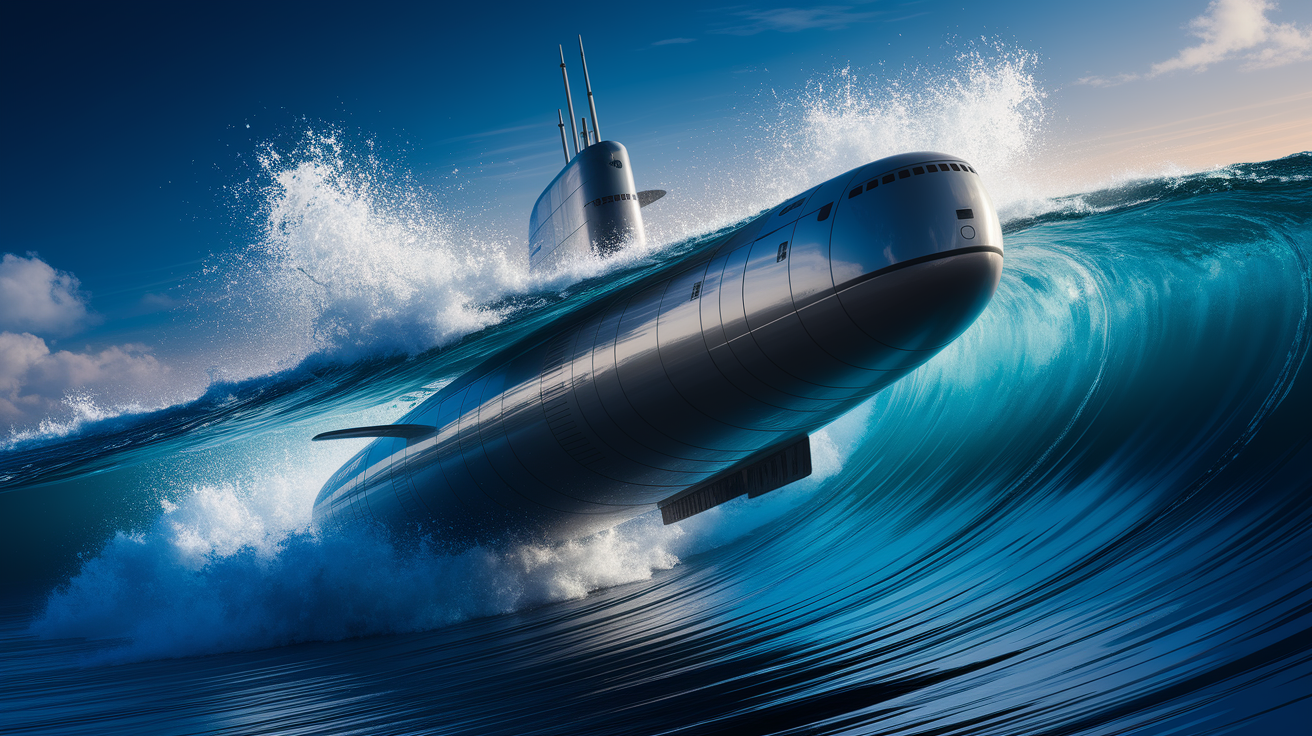
Main Ballast Tanks – The Dive and Surface Engine
The main ballast tanks (MBTs) are like the primary muscles of a submarine’s diving mechanism. Working much like a fish’s swim bladder — but on a super-sized, engineered scale — they control whether the vessel has positive buoyancy (floats) or negative buoyancy (sinks). Here’s how they work:
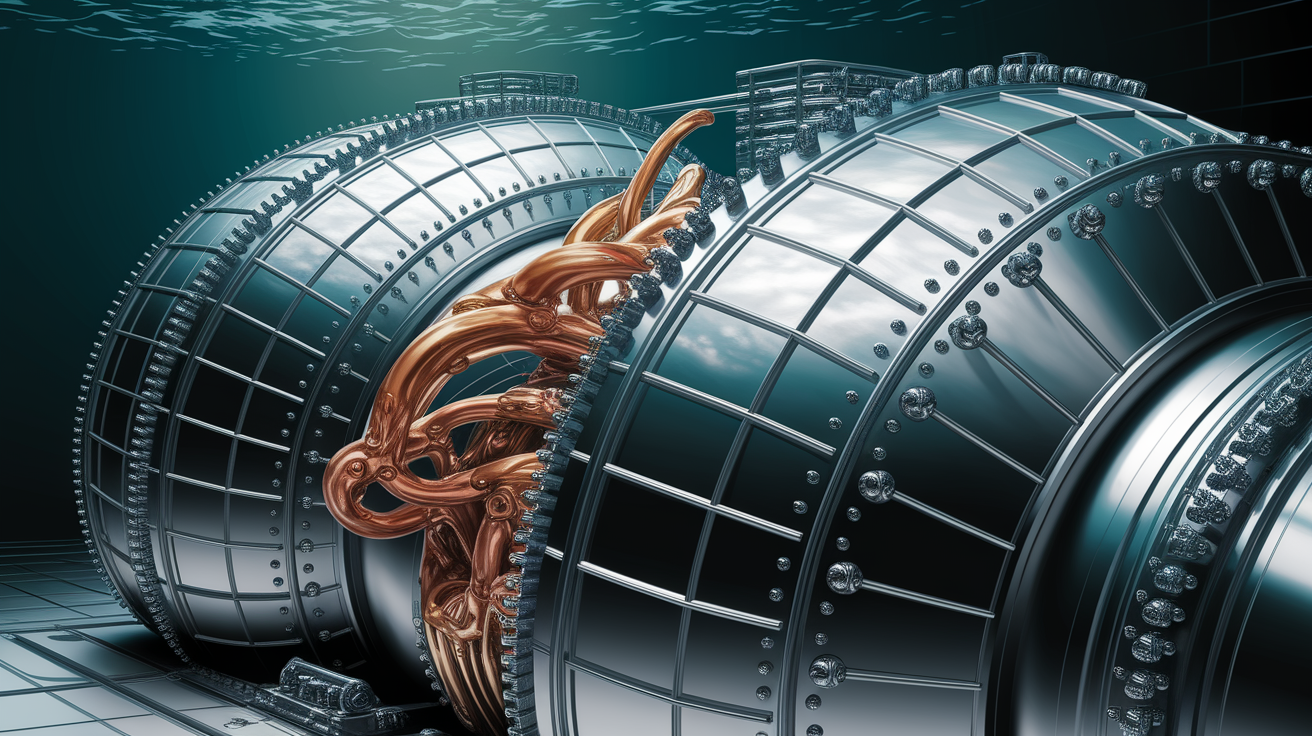
- Surfacing: On the surface, MBTs are filled with air, making the whole vessel less dense than the surrounding water.
- Diving: To submerge, valves at the top of the MBTs open to let the air escape, while open flood ports allow water to rush in from below. The extra weight from the water tips the balance toward negative buoyancy.
- Distribution: Multiple MBTs are spread along the hull to maintain stability and safety.
- Emergency Blow: If a rapid ascent is needed, compressed air from onboard reservoirs blasts water out of the MBTs in seconds.
Variable Ballast and Trim Tanks – Precision Depth Control
Once a submarine is submerged, the goal shifts from getting underwater to staying exactly where you want. This is where variable ballast tanks and trim tanks step in.
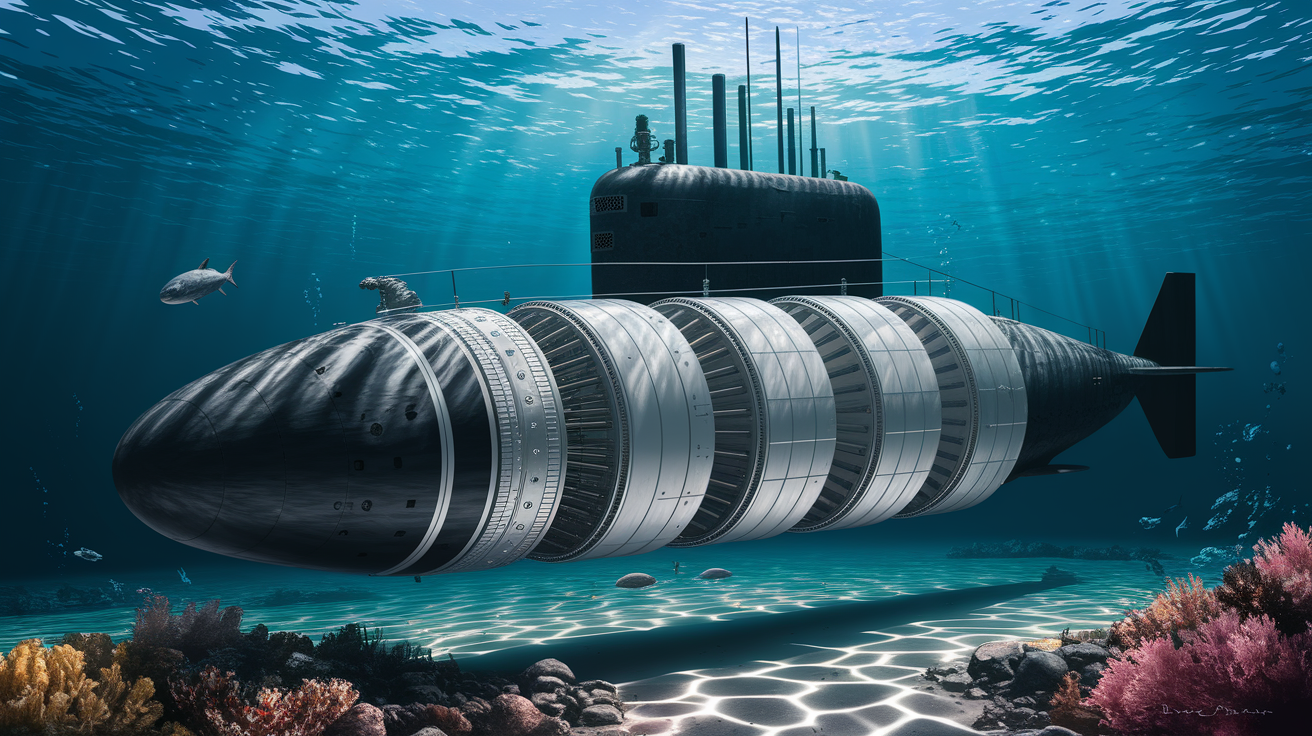
- Variable Ballast Tanks: Also called Depth Control Tanks (DCTs), these smaller tanks handle fine adjustments in buoyancy, such as balancing the change in weight when fuel is used up, or adapting to shifts in water density at different depths.
- Trim Tanks: Placed at the front (fore) and back (aft), trim tanks adjust the vessel’s angle — keeping it level or tilting it slightly when needed for certain maneuvers.
Balanced trim ensures the crew can stay at a steady depth without constant struggle, enabling smooth underwater navigation and precise positioning, such as maintaining periscope depth during surveillance.
Pneumatic and Mechanical Systems – The Control Network
Behind the scenes, a network of pipes, valves, and high-pressure systems choreographs the submarine’s depth changes. These systems include:
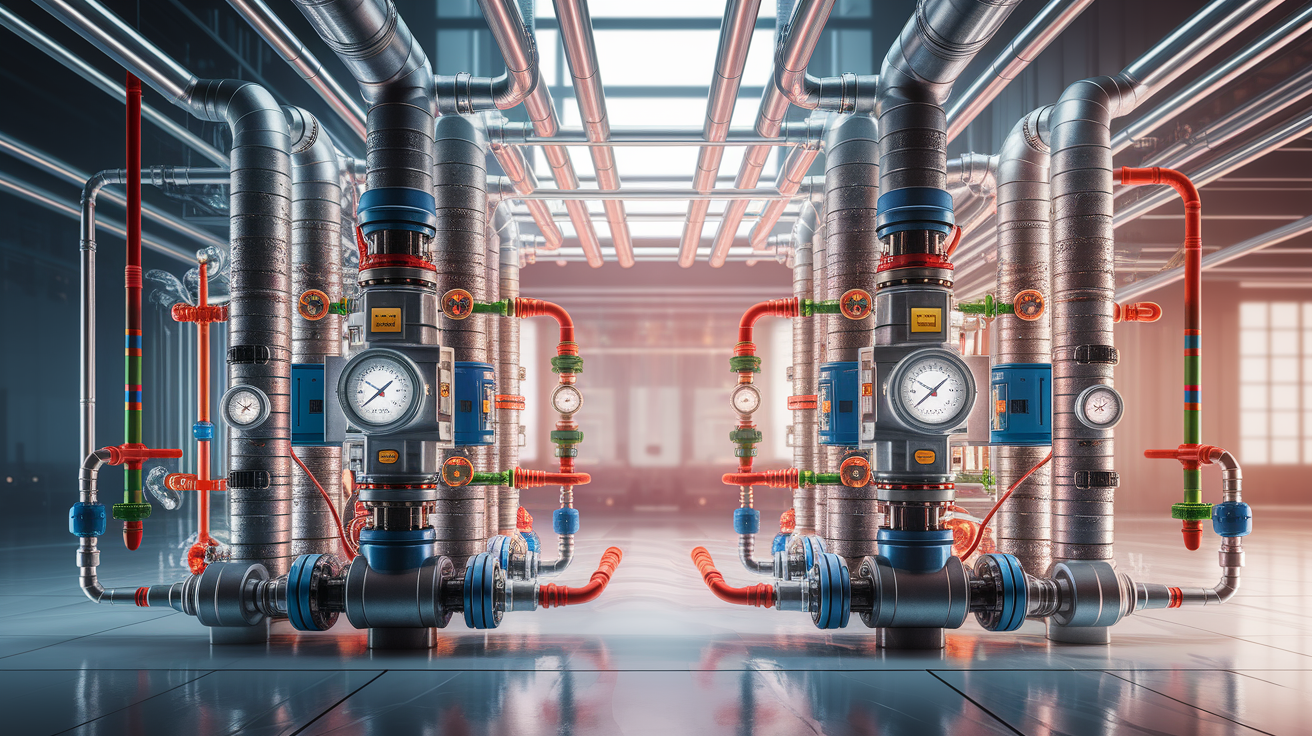
- Compressed Air Systems: Stored in tanks for powerful bursts that force water out of ballast tanks during surfacing.
- Flood and Vent Valves: Mechanically or pneumatically controlled to regulate when and how water enters or leaves tanks.
- Automated Controls: Modern subs may use dynamic modeling and sensors to calculate the best ballast adjustments in real time.
These systems are the “nervous system” of ballast operations, ensuring changes happen quickly, reliably, and without risking hull integrity from sudden pressure shifts.
Conclusion: Rising Above Complexity with Balanced Buoyancy
From the moment a submarine leaves the surface to when it returns, its journey is governed by careful weight and buoyancy control, executed through an intricate combination of main ballast tanks, fine-tuning trim systems, and advanced pneumatic controls. Mastering these elements allows crews to roam confidently through the deep while maintaining safety and stability in the ever-changing underwater world. It’s a marvel of maritime technology — a perfect balance between the science of buoyancy and the art of precision control.
